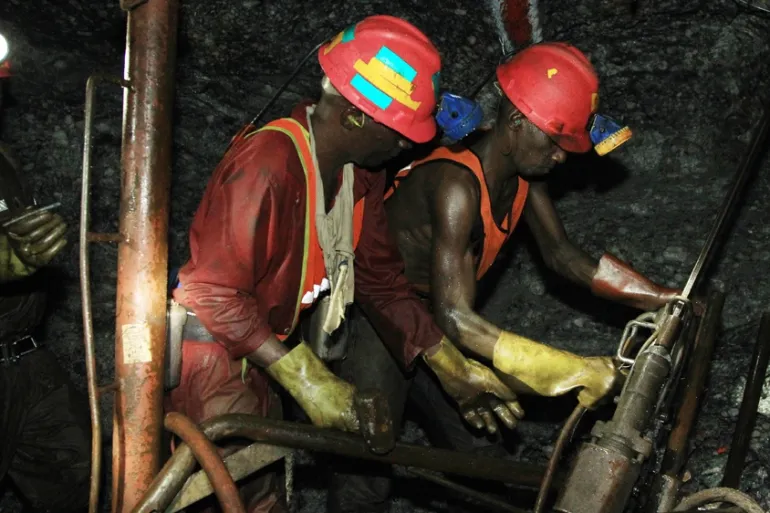Written By: Jemosop Faith a writer at Africa Digest News specializing in energy, climate, and renewables news in Africa.
Despite global advances in electrification with access rising to 91% of the population in 2022 only 8% of people worldwide used electricity as their primary cooking fuel, according to the 2024 SDG7 Report. In stark contrast, gaseous fuels like LPG, biogas, and natural gas serve 60% of the global population.
Why is electricity, which is often touted as the cleanest modern energy option, still so underused for cooking? The reasons range from technical and economic to cultural and policy-driven.
Below are the main reasons why electricity remains a minority cooking fuel, even in an increasingly electrified world.
1. Unreliable Grid Infrastructure in Many Regions
The number one barrier to widespread electric cooking is the lack of reliable electricity infrastructure. While many people are “connected” to the grid, the connection is often weak, inconsistent, or unable to support high-energy appliances like stoves.
In low- and middle-income countries, especially across sub-Saharan Africa and parts of South Asia, power outages and voltage fluctuations are common. Most electric connections are designed to support lighting and phone charging not the high, sustained power needed for cooking. Households are wary of electric cookers that can trip circuits or become damaged during outages.
2. High Upfront Cost of Electric Cooking Appliances
Affordability– while LPG or charcoal stoves can be purchased cheaply and work instantly, electric cooking appliances are often: More expensive upfront, especially for high quality induction cookers, pressure cookers, or multi functional electric stoves. Designed for higher-income or urban households, with little product variation for rural or low-income contexts.
In many areas, financing options for purchasing such appliances are limited or non existent.
This pricing gap prevents many families especially in the Global South from making the switch, even if they are connected to the grid.
3. High Cost of Electricity in Many Countries
Even in areas where people can afford electric appliances, the cost of electricity itself often discourages them from using it for cooking. Electricity tariffs are frequently tiered, with higher charges for heavier use like running electric stoves.
Gaseous fuels such as LPG are often subsidized, making them more affordable on a per-meal basis.
People are concerned that cooking with electricity will raise their monthly bills significantly compared to using gas or even biomass.
4. Cultural Cooking Practices Favour Gaseous Fuels
Cooking is not just about heat it’s about how people prepare their food. In many cultures: Meals require high, sustained heat (e.g., boiling beans, frying meats, cooking maize).Dishes are made in large pots or pans, which don’t always sit well on small electric cooktops. Flame-based control is preferred for slow cooking, roasting, or toasting.
Gas stoves, with their adjustable flames and high heat output, more closely match traditional cooking techniques than electric ones. This cultural fit makes gas the easier, more accepted choice.
5. Weak Policy Support for Electric Cooking
Governments around the world have invested heavily in promoting gaseous fuels but rarely prioritize electric cooking. For example, Indonesia’s national program to phase out kerosene in favour of LPG doubled clean cooking access in just eight years. India and Kenya have heavily promoted LPG and biogas through subsidies and distribution networks.
Also read: How Solar Power is Transforming Lives in Off-Grid African Villages
Few governments offer subsidies or financing schemes for electric cooking devices. Electric cooking is often left out of clean energy strategies, even though it aligns with climate goals and renewable energy transitions. Without policy backing, the adoption of electric cooking remains slow and fragmented.
6. Limited Innovation and Product Availability
The electric cooking market in many low-income countries is underdeveloped: There are few locally available models that cater to traditional cooking methods or rural contexts. Imported appliances are often ill-suited for local voltage conditions or household needs. The supply chain for electric cooking devices is not well-established, leading to high costs and poor after-sales support.
7. Negative Perception and Low Awareness
Many people who could use electricity to cook still choose not to, due to; A perception that electric cookers are slow, unsafe, or weak, A lack of awareness about modern electric appliances like energy efficient induction stoves or electric pressure cookers and Past experiences with poor-quality products or grid failures that erode trust.
Also read: How Renewable Energy is Powering Better Healthcare in Rural Africa
8. Electricity Use for Cooking Not Prioritized in Electrification Plans
Many national and international electrification efforts focus on providing basic electricity access lighting, mobile charging, and possibly television. Cooking is viewed as a secondary priority that comes after initial electrification. Off-grid solar solutions rarely offer enough power to run cookers, focusing instead on low-load appliances. As a result, electrification does not translate into electric cooking unless specifically designed for that purpose. This strategic oversight keeps electric cooking from being mainstreamed in rural electrification.



